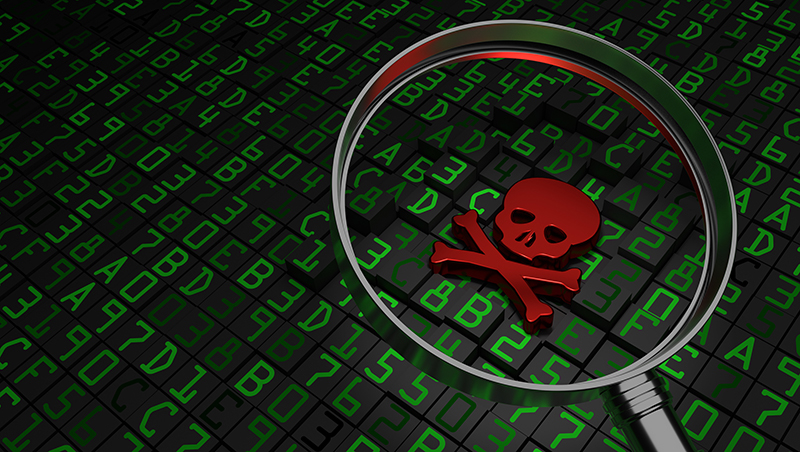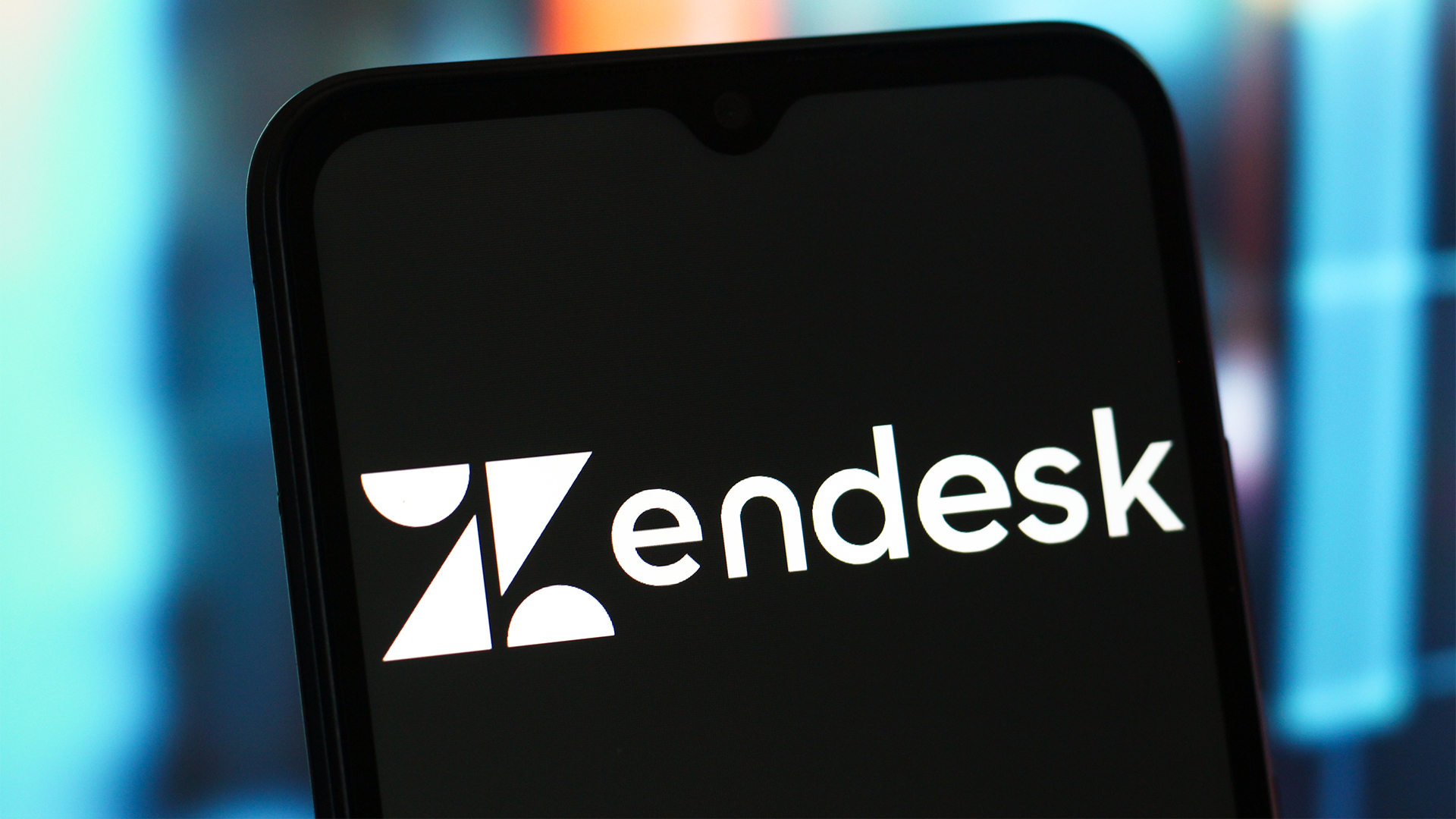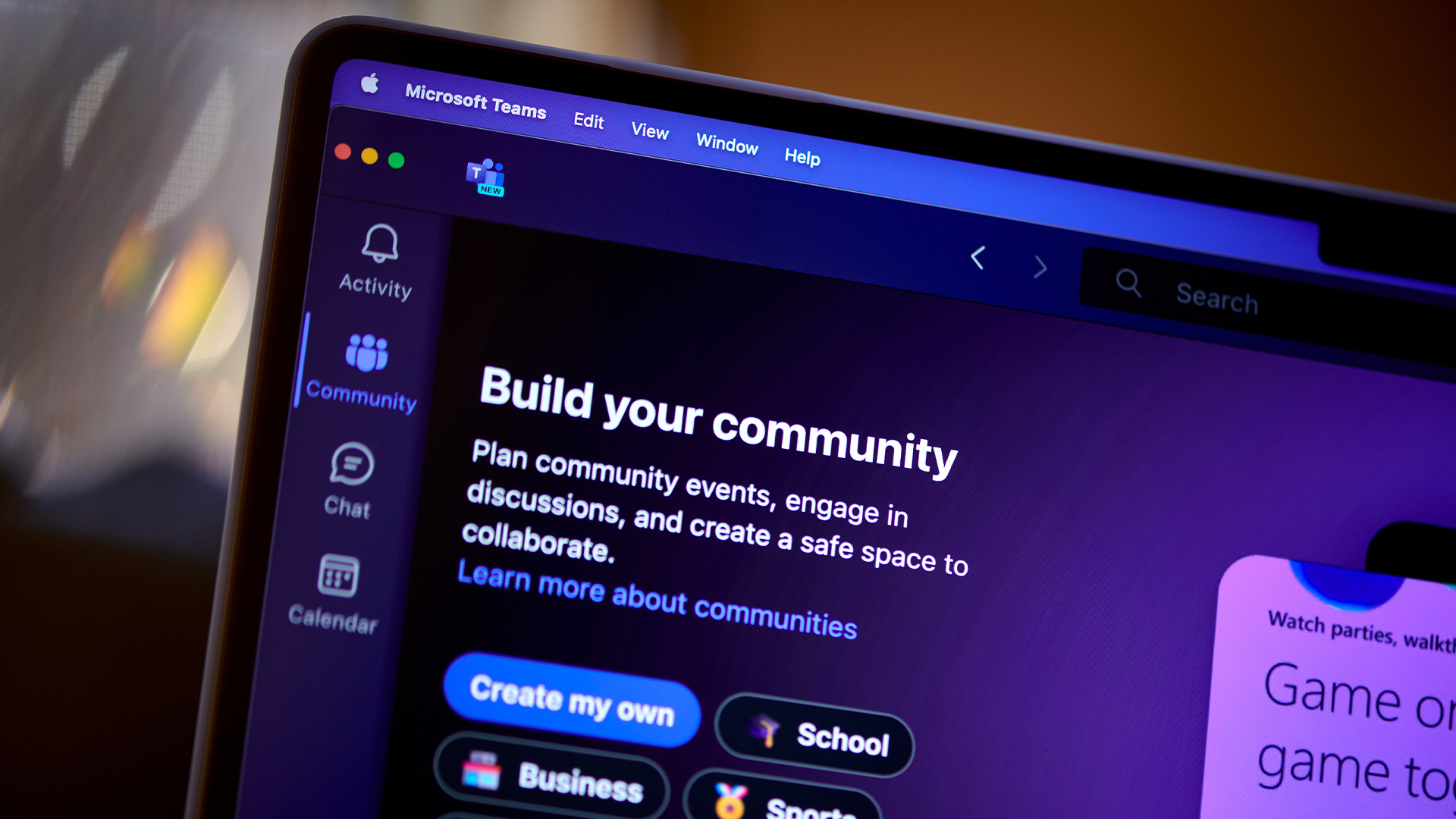Hackers behind Locky and Dridex start spreading new ransomware
Bart ransomware locks files in password-protected zip files


Criminals behind the Dridex and Locky malware have launched new ransomware that zips up victims' files in a password-protected archive.
Hackers are using the RockLoader malware to download a new ransomware, called Bart, over HTTPS, according to a blog post from IT security firm Proofpoint. Its researchers said that Bart has a payment screen like Locky but encrypts files without first connecting to a command and control (C&C) server.
The firm said that last Friday its researchers detected a large campaign with .zip attachments containing JavaScript code. If opened, these attachments download and install the intermediary loader RockLoader, which in turn downloads Bart.
It said that messages in this campaign had the subjects "Photos" with the attachment "photos.zip", "image.zip", "Photos.zip", "photo.zip", "Photo.zip", or "picture.zip." The zip files contained JavaScript file such as "PDF_123456789.js."
Bart then informs victims that their files are being encrypted by the ransomware and turned into two types of files, a method similar to many other types of ransomware. Specifically, it drops a recover.txt into many folders and replaces the desktop background with an image file giving information to the victim about how they can pay a ransom and get their files back.
The ransom note displays in multiple languages depending on the user's system language. It has translations available in Italian, French, German, and Spanish. The malware also uses the system's language to avoid infecting systems of Russian, Ukrainian, and Belorussian users.
"This first campaign appears to largely be targeting US interests but, given the global nature of Locky and Dridex targeting and the available translations for the recovery files, we do not expect Bart to remain this localised," the researchers said.
Sign up today and you will receive a free copy of our Future Focus 2025 report - the leading guidance on AI, cybersecurity and other IT challenges as per 700+ senior executives
The ransom note urges the user to visit a payment portal in order to pay three bitcoins (just under $2,000 at current exchange rates).
The ransomware does not appear to have any network communication mechanism with a command and control server. Instead, the necessary information about infected machine is likely passed to the payment server in the URL "id" parameter.
According to Proofpoint, the malware is using the open source WProtect for code virtualisation.
The researchers warned that Bart may be able to encrypt PCs behind corporate firewalls that would otherwise block such traffic.
"Organisations need to ensure that Bart is blocked at the email gateway using rules that block zipped executables," the researchers said.
Rene Millman is a freelance writer and broadcaster who covers cybersecurity, AI, IoT, and the cloud. He also works as a contributing analyst at GigaOm and has previously worked as an analyst for Gartner covering the infrastructure market. He has made numerous television appearances to give his views and expertise on technology trends and companies that affect and shape our lives. You can follow Rene Millman on Twitter.
-
 What the fragmentation of UC means for the channel
What the fragmentation of UC means for the channelIndustry Insights If communications are becoming fragmented, what does that mean for MSPs and VARs?
-
 How SMBs can DIY their IT implementation and support
How SMBs can DIY their IT implementation and supportFeature For some small and medium-sized businesses, the third-party expertise and support might be out of reach. What’s the alternative?
-
 15-year-old revealed as key player in Scattered LAPSUS$ Hunters
15-year-old revealed as key player in Scattered LAPSUS$ HuntersNews 'Rey' says he's trying to leave Scattered LAPSUS$ Hunters and is prepared to cooperate with law enforcement
-
 The Scattered Lapsus$ Hunters group is targeting Zendesk customers – here’s what you need to know
The Scattered Lapsus$ Hunters group is targeting Zendesk customers – here’s what you need to knowNews The group appears to be infecting support and help-desk personnel with remote access trojans and other forms of malware
-
 Impact of Asahi cyber attack laid bare as company confirms 1.5 million customers exposed
Impact of Asahi cyber attack laid bare as company confirms 1.5 million customers exposedNews No ransom has been paid, said president and group CEO Atsushi Katsuki, and the company is restoring its systems
-
 The US, UK, and Australia just imposed sanctions on a Russian cyber crime group – 'we are exposing their dark networks and going after those responsible'
The US, UK, and Australia just imposed sanctions on a Russian cyber crime group – 'we are exposing their dark networks and going after those responsible'News Media Land offers 'bulletproof' hosting services used for ransomware and DDoS attacks around the world
-
 A notorious ransomware group is spreading fake Microsoft Teams ads to snare victims
A notorious ransomware group is spreading fake Microsoft Teams ads to snare victimsNews The Rhysida ransomware group is leveraging Trusted Signing from Microsoft to lend plausibility to its activities
-
 Volkswagen confirms security ‘incident’ amid ransomware breach claims
Volkswagen confirms security ‘incident’ amid ransomware breach claimsNews Volkswagen has confirmed a security "incident" has occurred, but insists no IT systems have been compromised.
-
 The number of ransomware groups rockets as new, smaller players emerge
The number of ransomware groups rockets as new, smaller players emergeNews The good news is that the number of victims remains steady
-
 Teens arrested over nursery chain Kido hack
Teens arrested over nursery chain Kido hacknews The ransom attack caused widespread shock when the hackers published children's personal data
